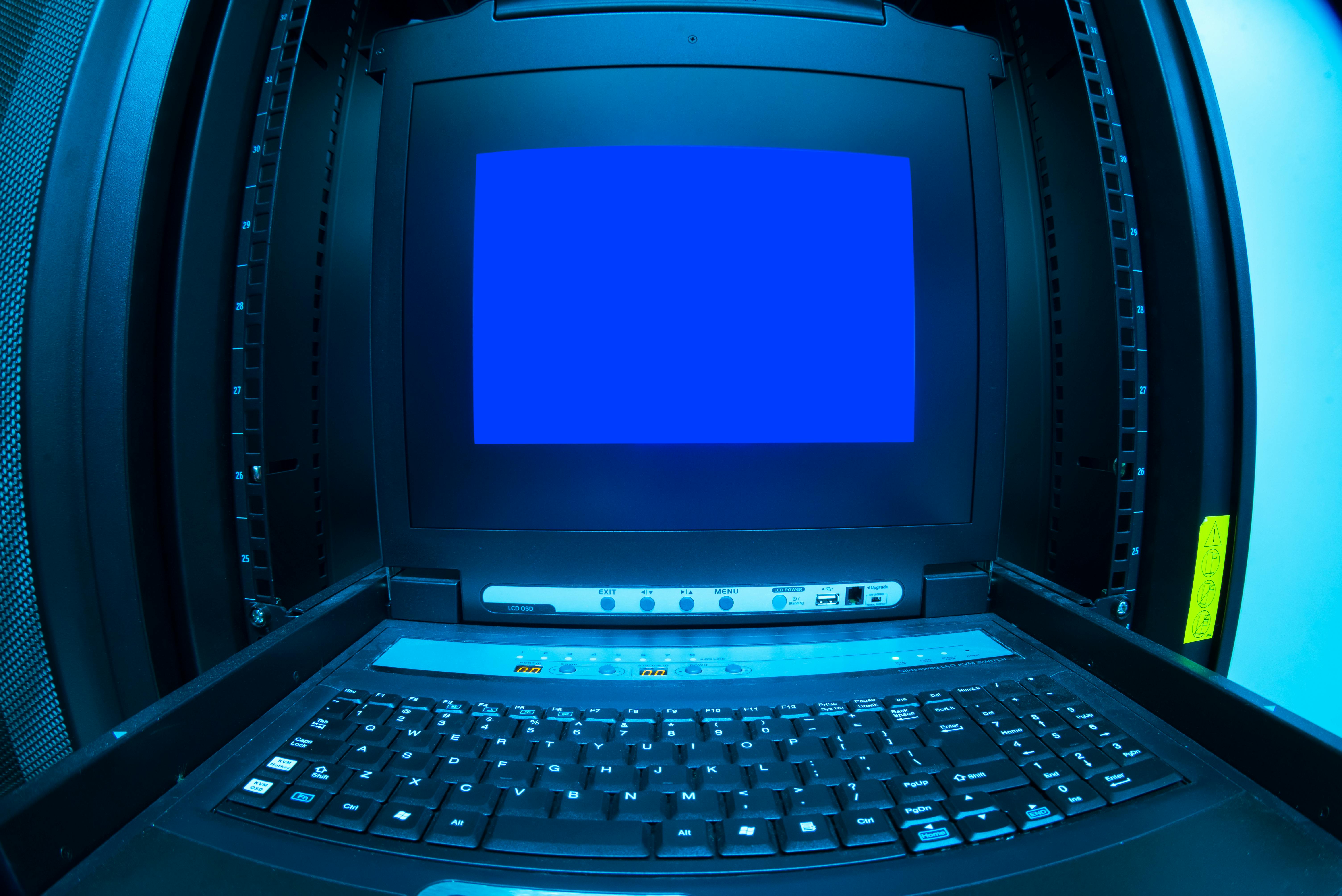
How to Properly Check Your PC's Power Supply for Optimal Performance in 2025

When it comes to maintaining a high-performing PC, ensuring your power supply unit (PSU) is functioning optimally is crucial. A reliable power supply is essential not only for powering your components but also for ensuring system stability, performance, and longevity. As technology advances, so do the methods for checking and troubleshooting power supplies. This article delves into the importance of power supply testing, common issues that may arise, and the best practices for diagnosing and maintaining your PSU. By following the guide outlined here, you can ensure that your PC is powered efficiently and safely.
To kick off this exploration, we will discuss the symptoms of a failing power supply and how to spot them early. We will then venture into practical methods to check the power supply using different tools and techniques, including a multimeter and power supply testers. Finally, we will address how to troubleshoot power-related issues to maintain your computer's optimal performance.
Identifying Symptoms of a Failing Power Supply
Recognizing the signs of a failing power supply can save you from potential data loss and hardware damage. Common symptoms include unexpected shutdowns, failure to power on, and unresponsive peripherals. When diagnosing power supply issues, keep an eye out for these characteristics:
Sudden System Shutdowns and Restarts
One of the most prevalent signs of a failing power supply is when your computer suddenly shuts down or restarts without warning. This can happen due to voltage fluctuations or overload. These power interruptions can severely affect your components over time, leading to more significant issues down the line.
Unusual Noises or Smells
Any unusual sounds, such as buzzing, clicking, or even the smell of burnt electronics, indicate that your PSU may be struggling. Dust accumulation can often exacerbate overheating or mechanical issues within the unit that can lead to failure.
Peripheral Issues
If you notice your peripherals, such as USB devices or external drives, are not functioning properly or are intermittently disconnecting, it may point to power supply-related problems. Insufficient power delivery can lead to instability in your system's performance.
With these symptoms in mind, the next step is to understand how to check the power supply in your PC effectively.
Practical Methods to Check Power Supply Performance
Now that we've discussed the signs indicating potential PSU failure, it's time to explore a few methods to check your power supply effectively. These techniques will help ensure your PC power supply is functioning optimally and can prevent costly replacements or repairs.
Using a Multimeter for Power Supply Testing
One of the most reliable methods to test your PSU is through a multimeter. A multimeter allows you to measure voltage issues and analyze the output from various PSU connectors. To conduct a multimeter power supply check:
- Power off the PC and disconnect the power supply from the motherboard.
- Connect the multimeter's negative lead to a ground wire (usually green or the power supply casing).
- Insert the positive lead into the appropriate voltage pin, such as +12V, +5V, or +3.3V.
- Power on the PSU and compare the reading to the expected voltage values.
This method is effective for diagnosing specific output failures and ensuring the PSU operates within safe parameters.
Testing PSU with Power Supply Tester Device
A dedicated power supply tester is another effective tool for evaluating PC power supply health. These devices are user-friendly and provide straightforward diagnostics without needing detailed electrical knowledge. Here’s how to use a power supply tester:
- Plug the tester into the PSU cables and start the unit.
- Analyze the LED indicators that show the status of each voltage rail.
This method helps identify problems quickly, allowing you to determine if replacements are necessary.
Check Power Supply Fan Operation
Another aspect to consider when performing power supply checks is monitoring the power supply fan's operation. The fan is crucial for cooling and maintaining optimal performance. If the fan fails to spin or makes unusual noises, it may be an indication of a failing PSU. Keeping an eye on this component can be critical for preventing overheating and ensuring reliable performance.

Power Supply Troubleshooting Techniques
If your power supply shows signs of malfunction, effective troubleshooting techniques can help identify and resolve issues.
Diagnosing Power Supply Issues with Software
Utilizing software tools can provide insights into your PSU’s health without requiring physical checks. Programs that monitor system metrics can track voltage levels, temperatures, and overall power usage, alerting you to potential issues before they become critical. Regularly using such software can significantly enhance power supply reliability.
Power Supply Replacement Guidelines
Knowing when to replace your power supply is essential. Standard guidelines suggest that if your PSU shows consistent issues, it's often more practical to replace it rather than attempt repairs. Remember to match your power supply's wattage and connectivity with your system's requirements to avoid future complications.
Best Practices for PSU Installation
After acquiring a new PSU, proper installation is crucial. Ensure correct connections for all power cables, especially for the motherboard and GPU, to enable effective power delivery and optimal system performance.
Common Power Supply Problems and How to Address Them
By understanding common power supply problems, users can take preventive measures and recognize issues promptly. Below, we outline typical power supply failures and their resolutions.
Overheating Power Supplies
Overheating can be a serious issue for any PSU, often leading to system instability or total failure. Make sure your PC has adequate ventilation and that the PSU fan is functioning properly. Dust filters should be cleaned regularly to promote airflow.
Voltage Fluctuations
Voltage dips or spikes can severely affect your components. To avoid this, consider investing in a surge protector or a UPS (Uninterruptible Power Supply) that stabilizes voltage levels. This preventive measure can prolong component life and performance.
Identifying Low-Quality PSU Concerns
Low-quality power supplies can lead to numerous issues. When selecting a PSU, refer to trusted brands with good warranties. An investment in a reputable power supply can prevent future hassles, ensuring longevity and system reliability.
Understanding Power Supply Performance Metrics
To maintain a stable and functional power supply, understanding key performance metrics is fundamental. These metrics can help assess how well a PSU meets your system's demands.
Efficiency Ratings for Power Supplies
Checking the efficiency rating of your power supply is essential. PSUs are often rated based on their efficiency at various loads—80 PLUS certifications are a popular indicator of quality. Higher efficiency generally means less wasted energy and often correlates with better component longevity.
Analyzing Power Usage of PC Components
Understanding the power requirements of your components allows for better compatibility and performance. Analyzing these needs can prevent overloads and ensure optimal performance across your setup.
Monitoring PSU Output via Software
Keeping track of PSU performance using software can help spot problems early. Monitoring tools can display voltage output and component power draw, alerting you to potential issues before they escalate.
Conclusion: Ensuring Power Supply Functionality
Being proactive about checking your power supply can significantly enhance your PC's performance and longevity. Regular inspections, identifying symptoms of failure, and understanding testing procedures are vital to keeping your computer running smoothly. Don’t hesitate to refer to our additional resources on common power supply problems and power supply maintenance tips for further insights!